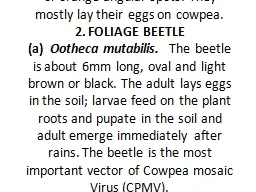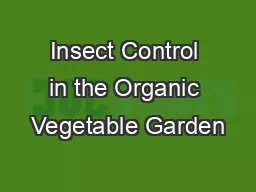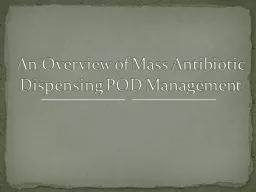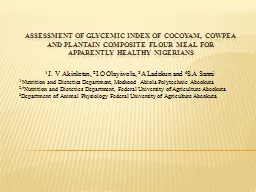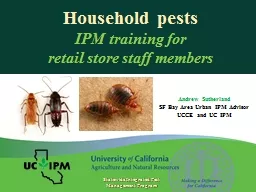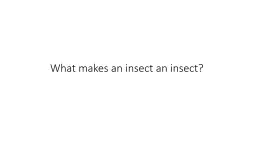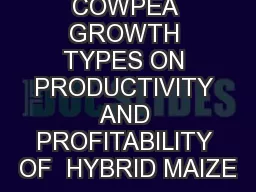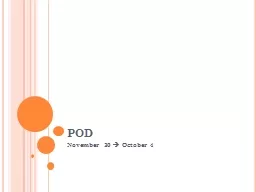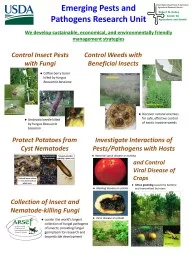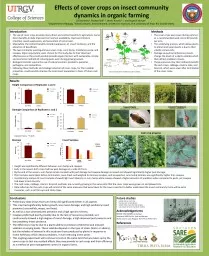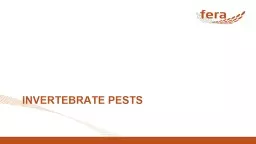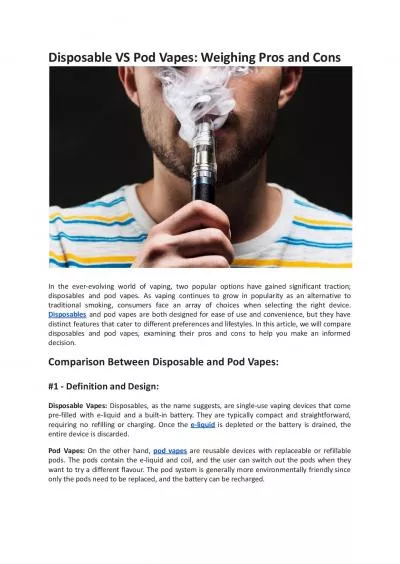PPT-INSECT PESTS OF COWPEA 1.Pod Sucking Bugs:
Author : atomexxon | Published Date : 2020-08-05
There are several species of pod sucking bugs that are frequently found on cowpea plants The most important ones are a Anoplocnemis curvipes The insect is a
Presentation Embed Code
Download Presentation
Download Presentation The PPT/PDF document "INSECT PESTS OF COWPEA 1.Pod Sucking Bug..." is the property of its rightful owner. Permission is granted to download and print the materials on this website for personal, non-commercial use only, and to display it on your personal computer provided you do not modify the materials and that you retain all copyright notices contained in the materials. By downloading content from our website, you accept the terms of this agreement.
INSECT PESTS OF COWPEA 1.Pod Sucking Bugs:: Transcript
There are several species of pod sucking bugs that are frequently found on cowpea plants The most important ones are a Anoplocnemis curvipes The insect is a black fairly large coreid. Pocket POD Express Advanced Guide 57513 2008 Line 6 Inc Please Note Line 6 POD and Pocket POD Express are trademarks of Line 6 Inc All other product names trademarks and artists names are the property of their respective owners which are in no way a Outline. Planning to avoid pests. Insect Monitoring and Identification. Fundamentals of Organic Insect Control. Cultural Practices. Sanitation, exclusion. Attracting natural enemies. Botanical and biological pesticides. Glennis P. Gray, RN-BC, BSN, MSN. Ann Savwoir, RPh. Rhonda LeMora, MPA. Wanda P. Rose, JD, MPH. PRESENTERS. DISCLOSURE. I have no financial interests or other relationship with manufacturers of commercial products, suppliers of commercial services, or commercial supporters. My presentation will not include any discussion of the unlabeled use of a product or a product under investigational use.. 1. J. V Akinlotan, . 2. I.O Olayiwola, . 3. A Ladokun and . 4. S.A Sanni . 1. Nutrition and Dietetics Department, Moshood Abiola Polytechnic Abeokuta. 2,4. Nutrition and Dietetics Department, Federal University of Agriculture Abeokuta. IPM training for . retail store staff members. Statewide Integrated Pest Management Program. Andrew Sutherland. SF Bay Area . Urban IPM Advisor. UCCE and UC IPM. Training outline. Basic biology, ecology, and general management of common pests; review of UC IPM materials. Life Cycle. Are insects good or bad?. Pests. Beneficial Insects. Pollinators. Pollinators. Not just honey bees! . Natural enemies. Pest. Natural enemy. Lacewings. Parasitoids. .. . BY. ABDULAI HARUNA. CSIR/SARI- GHANA. For. Africa RISING West . Africa Review . and Legacy Workshop 12-13 December 2016. 1. Presentation Outline. Introduction. Objectives . Materials and Methods. DA Lifecycle. Onboarding 10. Onboarding 20. Onboarding 40. Onboarding 70. - Station fills out pre-call planner (deliver to RASM before market visit). - Station fills out CNA questionnaire . - Station delivers pre-call & CNA questionnaire with JIRA master ticket. Good morning!. Write agenda/. hw. in planner. . Start POD Nov. 30 . Dec. 4. POD. In a few sentences, write about how you used . math . over the holiday break. . Write agenda/. hw. in planner.. Complete POD. We develop sustainable, economical, and environmentally friendly management strategies. Protect . Potatoes from Cyst Nematodes. Discover natural enemies for safe, effective control of exotic invasive weeds. Examine cash crop defenses. Collect more insect diversity samples. Lab analysis of cover crop plant volatiles . Acknowledgements. RISING STAR AWARD to Kariyat. Southern SARE to Drs. . Soti. and . Kariyat. Insects. Sap suckers. Chewers and tunnellers. Mites. Nematodes. Insect pests – sap suckers. Photos: . Top: woolly aphid on apple, mealybugs. Bottom: whitefly scales, scale insects. Different types of sap-sucker. (Reduviidae) in the Order Hemiptera. Although there are many kinds of assassin bugs only a few feed on bird and mammal blood — the kissing bugs. The species most commonly encountered in California In conclusion, both disposable and pod vapes offer distinct advantages and cater to different vaping preferences. Explore here!
Download Document
Here is the link to download the presentation.
"INSECT PESTS OF COWPEA 1.Pod Sucking Bugs:"The content belongs to its owner. You may download and print it for personal use, without modification, and keep all copyright notices. By downloading, you agree to these terms.
Related Documents

